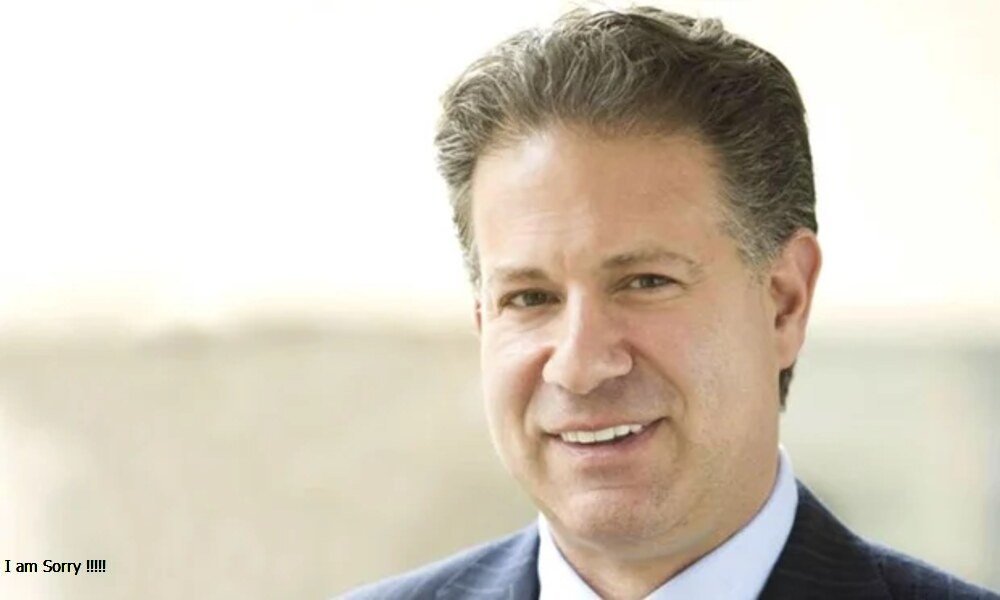Introduction to the Palworld Controversy
Palworld, a game developed by the indie studio Pocketpair, has taken the gaming community by storm with its unique blend of survival mechanics, crafting, open-world exploration, and creature-collecting gameplay. However, this viral success has not come without controversy. The game has been at the center of an intensifying legal battle that has captured the attention of fans, developers, and legal experts alike. The Palworld lawsuit, driven by allegations of intellectual property infringement, raises critical questions about inspiration, originality, and the fine line between homage and imitation in the modern gaming landscape.
Background: What Is Palworld and Who Created It?
Pocketpair, a small Japanese game development studio, is the creative force behind Palworld. Known previously for their quirky indie title “Craftopia,” Pocketpair developed Palworld as a new, ambitious project that combined elements of monster-catching with third-person shooter gameplay, farming systems, and expansive sandbox environments. Upon its early access release, the game quickly gained viral popularity due to its familiar yet twisted take on the monster-collecting genre. Players were drawn to its bizarre premise—capturing creatures known as “Pals” and using them for tasks ranging from labor to combat.
Critics and players immediately noticed striking visual and mechanical similarities between Palworld and Nintendo’s iconic Pokémon franchise. From creature design to gameplay loops, the parallels were difficult to ignore. Despite its unique blend of dark humor and survival gameplay, many questioned whether Palworld leaned too heavily on existing intellectual property, thus triggering the current legal controversy.
The Core of the Legal Dispute: Why Is Palworld Being Sued?
At the heart of the Palworld lawsuit are copyright and trademark infringement claims. The Pokémon Company, which jointly owns the Pokémon brand with Nintendo, has raised concerns over how closely some Palworld creatures resemble Pokémon in design, animation, and behavior. The legal claim suggests that Pokémon do not merely inspire certain Pals but are derivative to a degree that violates existing intellectual property laws.
The lawsuit also highlights potential issues with game mechanics that allegedly mimic those found in Pokémon titles. These include creature evolution systems, battling mechanics, and even certain UI elements. The case presents a rare, high-profile test of how copyright laws apply to game design in a genre where derivative works and inspirations are familiar.
Who Filed the Lawsuit Against Palworld?
The primary parties behind the lawsuit are Nintendo and The Pokémon Company. These industry giants have long maintained a protective stance over their IP, aggressively defending against any perceived infringement. According to court documents and official announcements, the legal action was filed in Japan, where both companies and the developer Pocketpair are based.
Legal representatives for The Pokémon Company have issued statements emphasizing their commitment to preserving the integrity and distinctiveness of the Pokémon brand. The lawsuit is seen as a way to set a precedent and deter other developers from walking too closely in their creative footsteps.
Pocketpair’s Official Response to the Lawsuit
In response to the Palworld lawsuit, Pocketpair has issued public statements denying wrongdoing. The company insists that all creature designs were developed independently and were not based on Pokémon or any other franchise. Pocketpair has expressed confidence that its work falls within the bounds of fair use and does not constitute infringement.
The developer directly addressed fans on social media, stating they work closely with legal advisors to defend their creative rights. Despite the legal pressure, Pocketpair has continued to update the game, pushing new content and quality-of-life improvements while the case unfolds.
Timeline of Key Events in the Palworld Lawsuit
- January 2024: Palworld enters early access and quickly garners millions of downloads.
- February 2024: Comparisons to Pokémon go viral, sparking community debates.
- March 2024: The Pokémon Company releases an official statement acknowledging similarities and suggesting potential legal action.
- April 2024: Nintendo and The Pokémon Company file a lawsuit in a Tokyo court.
- June 2024: Pocketpair responds publicly and legally, denying all infringement claims.
- January 2025: Preliminary hearings occur; the court orders a detailed design and gameplay audit.
- March 2025: As of now, the case remains ongoing, with both parties preparing for trial.
Impact on the Gaming Industry and Indie Developers
The Palworld lawsuit has triggered widespread discussion about the limits of creativity in game development. For indie developers, it has raised alarms about how easily creative work can be interpreted as infringement in genres dominated by large franchises. The case also emphasizes the legal risks of drawing inspiration from popular titles, even when the final product appears innovative.
Some legal experts argue that the outcome could redefine how closely indie developers can mirror major game mechanics or aesthetics without crossing legal boundaries. It has also sparked calls for more evident international standards on game design IP, especially in the age of digital distribution and global exposure.
Community Reaction and Online Controversy
The gaming community has responded passionately to the Palworld lawsuit. Some players stand firmly with Pocketpair, viewing the lawsuit as a corporate attempt to stifle innovation and bully smaller developers. Others believe the similarities are too blatant to ignore and feel that The Pokémon Company is justified in protecting its brand.
Online discourse has ranged from humorous memes and parodies to serious debates about copyright law. Influencers and content creators have weighed in, some defending the game’s originality and others highlighting the legal risks of copying visual or gameplay tropes.
Possible Outcomes and What’s Next for Palworld
Several potential outcomes loom over the Palworld lawsuit. A settlement could allow Pocketpair to continue developing the game with specific design changes or royalties paid to The Pokémon Company. A court victory for Nintendo could lead to the removal or modification of specific in-game assets or even the game’s suspension in particular markets.
Conversely, if Pocketpair wins the case, it could embolden other indie studios to push the creative envelope, especially in genres traditionally dominated by significant franchises. Such a decision could also usher in more nuanced legal interpretations of fair use, parody, and derivative work in gaming.
Regardless of the outcome, the lawsuit will likely influence how future games are designed, reviewed, and protected.
Conclusion: The Future of Palworld Amid Legal Tensions
The Palworld lawsuit represents more than just a legal dispute; it’s a cultural moment in gaming. It forces players, developers, and legal experts to confront uncomfortable questions about creativity, ownership, and innovation. While the courts will ultimately decide the legal merits, the case is already reshaping how games are discussed and developed in the public eye.
Whether Palworld emerges as a triumph of indie creativity or a cautionary tale of IP boundaries, one thing is sure: its legacy will leave an indelible mark on the gaming industry. As the lawsuit unfolds in 2025, all eyes remain on the courtroom and the future of how we define originality in the digital age.
Do Read: Verizon Lawsuit 2024 – Hidden Fees, Settlement, and What It Means for Consumers















